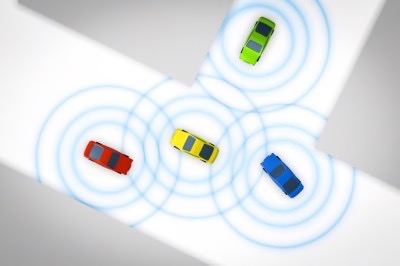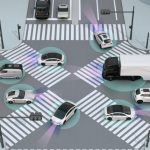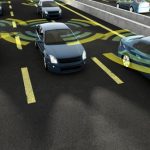Autonomous scooter software passes a critical driving test
Autonomous scooter software passes a critical driving test

A recent trial for a mobility scooter that is self-driving completes a lengthy process of testing the software designed by researchers from the National University of Singapore, the Singapore-MIT Alliance for Research and Technology and MIT’s Computer Science and Artificial Intelligence Laboratory.
The same sensor configuration and software has been used in trials of golf carts and self-driving vehicles too. Theoretically, an individual struggling with mobility could use this autonomous scooter to move through hallways and lobbies, or a self-driving golf cart to get across a parking lot and into an autonomous car.
The new test runs of these vehicular machines prove that the research group’s control algorithms can work both indoors and outside, which is great news.
See Also: Otto and Budweiser buys the world the first autonomous trucking round
Scott Pendleton, a graduate student in mechanical engineering at the National University of Singapore, and a research fellow at SMART, states “We were testing them in tighter spaces. One of the spaces that we tested in was the Infinite Corridor of MIT, which is a very difficult localization problem, being a long corridor without very many distinctive features. You can lose your place along the corridor. But our algorithms proved to work very well in this new environment.”
The system the research team created involves several layers of software. There are low-level control algorithms that allow a vehicle to react promptly to changes in its environment, such as a person stepping in front of its path.
Then, there are map-building algorithms that it uses to create a map and route-planning algorithms that are used by the vehicle to figure out its location on the map. Scheduling algorithms help allocate fleet resources and, lastly, an online booking feature allows users to schedule rides.
Daniela Rus, the Andrew and Erna Viterbi Professor of Electrical Engineering and Computer Science at MIT and one of the project’s leaders, explains that having scooters, cars and golf carts that all utilize the same control algorithms for all types of vehicles offers several advantages. The first one being that it is more practical to perform reliable studies of the system’s performance overall.
This scooter requires software uniformity
“If you have a uniform system where all the algorithms are the same, the complexity is much lower than if you have a heterogeneous system where each vehicle does something different. That’s useful for verifying that this multilayer complexity is correct,” Rus states.
Software uniformity, allows information to be transferred from one vehicle to another easily. As work continues on this project, the research team is providing their vehicles with machine-learning systems, so that interactions with their surroundings will better the performance of their navigation and control algorithms.
“Once you have a better driver, you can easily transplant that to another vehicle. That’s the same across different platforms,” explains Marcelo Ang, an associate professor of mechanical engineering at NUS who co-leads the project with Rus.
Software uniformity also gives more flexibility in its allocation of system resources too, in regards to the scheduling algorithm. Meaning, if a self-driving scooter is unavailable for a person, an autonomous golf cart could be provided instead.
The research team also surveyed people about their opinions of autonomous vehicles. Before getting on the scooter, passengers were asked how safe they thought self-driving vehicles are. After taking a ride on the scooter, they were asked the same question again. Their average safety rating went up. This scooter research project at MIT clearly shows how easily the team could use their modular hardware and software system for new ideas in the future.
The post Autonomous scooter software passes a critical driving test appeared first on ReadWrite.
(20)












